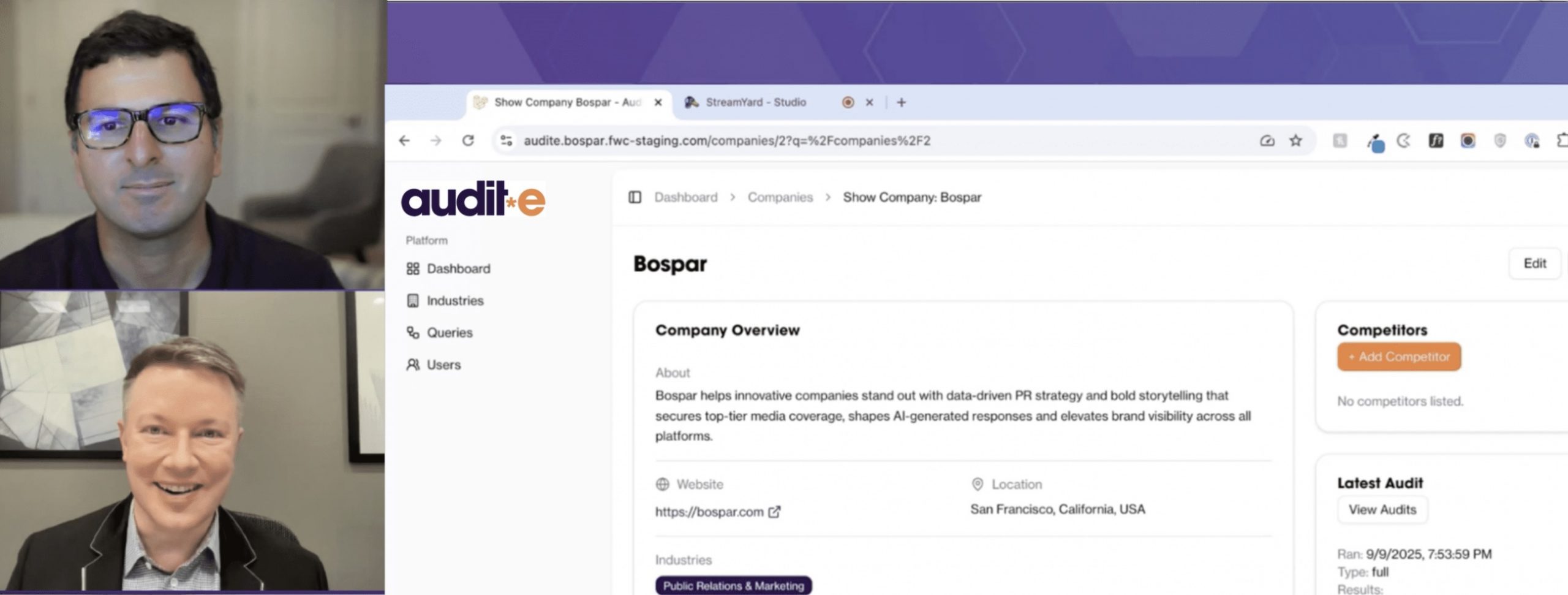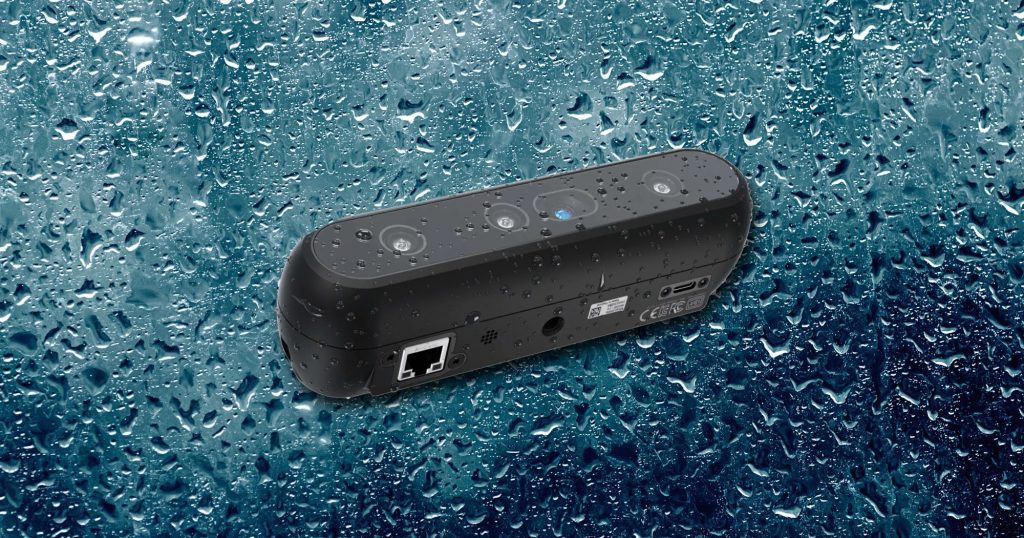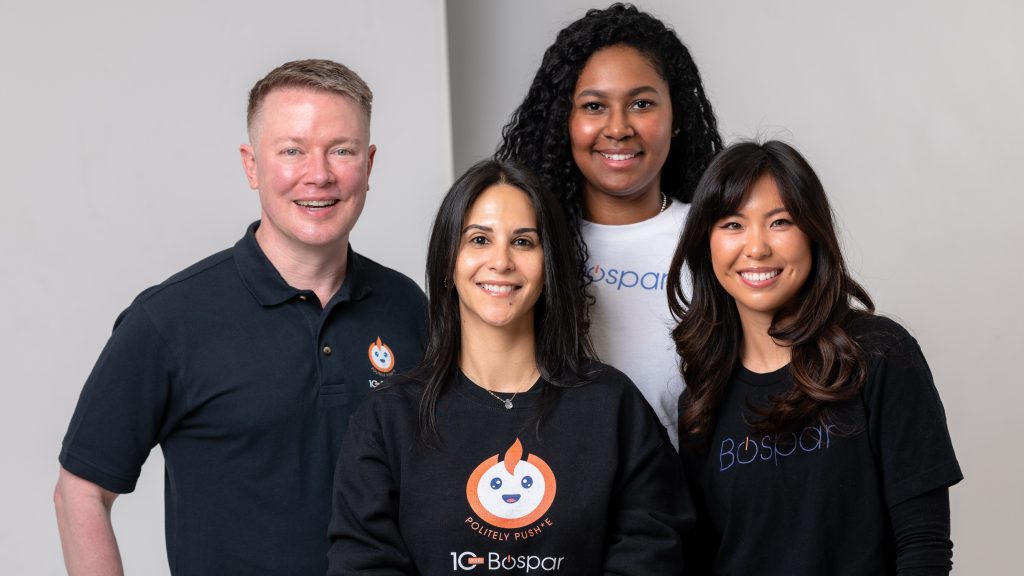I just asked ChatGPT if there’s a 1-800 number to call when it gets an answer wrong about my company. The response? “There’s no general public 1-800 ‘help line’ for reporting answers from ChatGPT.”
There’s also no customer service portal for Claude when it lists your competitor instead of you. No “request a correction” button when Gemini describes your Fortune 500 company as a startup. And no way to reach Sam Altman directly to fix any of it.
Here’s what makes this terrifying: 94% of C-level executives are now using AI for business research, and 84% of final decision-makers have already purchased products based on AI recommendations, according to new research from Bospar and Propeller Insights. Meanwhile, nearly half of professionals (49.8%) believe AI platforms will completely replace Google for business research by 2030, with an additional 34.2% expecting AI to mostly replace traditional search.

The people with the biggest budgets are making decisions based on what AI tells them. If AI gets your story wrong, you’re losing deals before you even know you’re being considered.
That’s why we built Audit*E, a tool that evaluates company presence and content performance across eight major AI platforms, including Claude, ChatGPT, Gemini, Grok, Meta AI, Mistral, Perplexity and DeepSeek. It provides comprehensive visibility scoring, competitive analysis and platform-specific improvement recommendations, then tracks changes over time through recurring audits.
When we launched Audit*E, journalists and analysts immediately recognized they were witnessing the birth of an entirely new category: systematic auditing of how AI engines shape corporate reputations when no one’s looking.
The Media Response
PRWeek’s Jess Ruderman wrote: “Bospar has launched Audit*E, a new tool to help companies analyze their competitive positioning across eight major AI platforms.”
In Forbes, Sandy Carter reported: “The launch of Audit*E signals a new way for PR to power visibility in the AI age.” In her in-depth review of GEO tools, Carter explored multiple platforms but gave Audit*E particular attention, noting that “Bospar, the ‘politely pushy’ PR and marketing firm, is announcing today the launch of Audit*E, a tool built to address a challenge most businesses do not even realize they face.”

Carter explained the origin story: “Audit*E was inspired by a client project. During the launch of RealSense, Bospar secured more than 500 media stories, quadrupled website traffic, and generated a surge in social activity. By traditional measures it was a success. But when people asked ChatGPT about RealSense, the answers were outdated and often wrong. Bospar recognized that no tool existed to systematically evaluate how AI engines presented a brand. Audit*E was created to fill that gap.”
Jeff Wilser captured it perfectly in his AI Curious podcast: “What Bospar has done with Audit*E is create a roadmap for communications leaders to navigate an entirely new layer of reputation management: how AI describes you when you’re not in the room.”
Expert Validation
“There are a lot of other approaches out there, but none are addressing it as effectively as Audit*E is,” said Rob Enderle, president and principal analyst of the Enderle Group.
Enderle continued to explain Audit*E’s capabilities, saying: “Audit*E goes beyond just detecting these problems. It provides specific correction paths to fix them. The RealSense case shows this approach works. Businesses need to protect their brands and tools like Audit*E that systematically analyze how AI systems interpret their brand information and can provide clear guidance on how to correct false narratives are invaluable. This represents a critical strategic asset for modern brand management.”
I recently spoke with Tony Cheevers in an O’Dwyer’s PR webinar series about Audit*E and GEO. During the chat I mentioned to him Enderle’s reaction to Audit*E’s capabilities, saying: “He just was floored and he said ‘I can’t believe that this is a PR agency doing this and not an AI company.’”
Josh Constine, venture partner at SignalFire and former TechCrunch editor-at-large, explained in Business News This Week: “Bospar’s Audit*E helps businesses establish a baseline of their GEO presence, suggests ways to improve how they appear, and measures the impact of their media efforts.”

Constine also told Carter: “If you don’t know how your business shows up in results on ChatGPT and other LLMs, you’re missing a massive opportunity to influence customers. We’re advising portfolio companies that Generative Engine Optimization is the new SEO, and should be a core goal of any PR or content campaign.”
Why It Matters Now
I mentioned to Cheevers in our talk, “Executives are saying that they use AI so much that sometimes they will go with the very first recommendation AI gives them.”
Our research revealed a surprising pattern. C-level executives are adopting AI at 95.1%, far outpacing individual contributors at 79.6%.
As I told Cheevers: “The earliest adopters of AI are not who we would think. Usually we think of new technologies as being in the province of the youngest generation. But what we’re seeing is people at the very top of the corporate ladder are the heaviest users of AI and are reporting that they are using AI for their business decisioning, bypassing traditional means of research.”
I explained to Carter why this matters: “We created Audit*E based on a real situation happening to one of our clients. An erroneous, runaway report had given some people, and some AI, the wrong impression that the company was no longer alive. We needed forensic software to determine what was the problem and what solution could fix it. This is battle-tested technology out on the frontlines of AI.”
I continued: “But taking a step back, this is the bigger challenge with AI. Because it’s based on human beings it still gets things wrong. The challenge: correcting these sorts of problems isn’t like sending a correction to an editorial department in a newsroom. Rather, it’s algorithmic and takes time to cycle through permutations. Now, let’s take that situation that happened to my client, and multiply it by the millions of other scenarios that could happen to any person or any company. Our thought is that we didn’t want to invent the wheel each time a problem like this happened. Rather, we wanted to have a ready-made solution that we could deploy that would find the problem and tell us how to fix it as quickly as possible.”
The Power Shift
When Wilser asked about winners and losers, I shared what I found most satisfying: “We have always had PR doubters and now that AI is prioritizing PR content that has changed. The losers are those who never believed in publicity in the first place.”
For years, PR struggled to prove its ROI. Now, as AI systems prioritize earned media from reputable sources over corporate messaging, PR has become essential infrastructure for visibility.
Carter summarized this shift perfectly: “What makes Audit*E different is its link between PR and GEO.” She quoted my explanation: “AI platforms learn about companies through earned media in authoritative outlets. We created Audit*E based on a real situation happening to one of our clients… this is the bigger challenge with AI.”
How Audit*E Works
Carter detailed the tool’s capabilities in her Forbes review: “The tool evaluates visibility, prominence, and accuracy across eight major AI platforms. It offers company-specific dashboards that track changes over time, identify competitive benchmarks, and flag sentiment shifts. Users can schedule recurring audits weekly, monthly, or quarterly to monitor their AI footprint.”
Key features include:
- Cross-platform audits measuring visibility, prominence and accuracy
- Performance dashboards with competitive benchmarking
- Detailed reports with platform-specific recommendations based on how each AI system sources and prioritizes information
The Bottom Line
The timeline is compressed. With nearly half of professionals expecting AI to completely replace Google by 2030, and 84% of decision-makers already buying based on AI recommendations, companies have perhaps three to five years to figure this out.
As Carter concluded in Forbes: “The launch of Audit*E signals a new way for PR to power visibility in the AI age.”
As the media coverage makes clear, every company will eventually discover that AI has written a story about them, accurate or not. And while there’s still no 1-800 number to call when AI gets it wrong, there’s finally a way to find out what it’s saying and fix it before it costs you your next deal.
Key takeaways:
- 94% of C-level executives use AI for business research
- Audit*E gives brands a way to find and fix AI errors before they cost business
- Forbes, PRWeek and O’Dwyer’s call Audit*E “a new category” in reputation management that PR agencies can’t afford to ignore
- AI has made PR essential: earned media from authoritative outlets drives AI visibility




